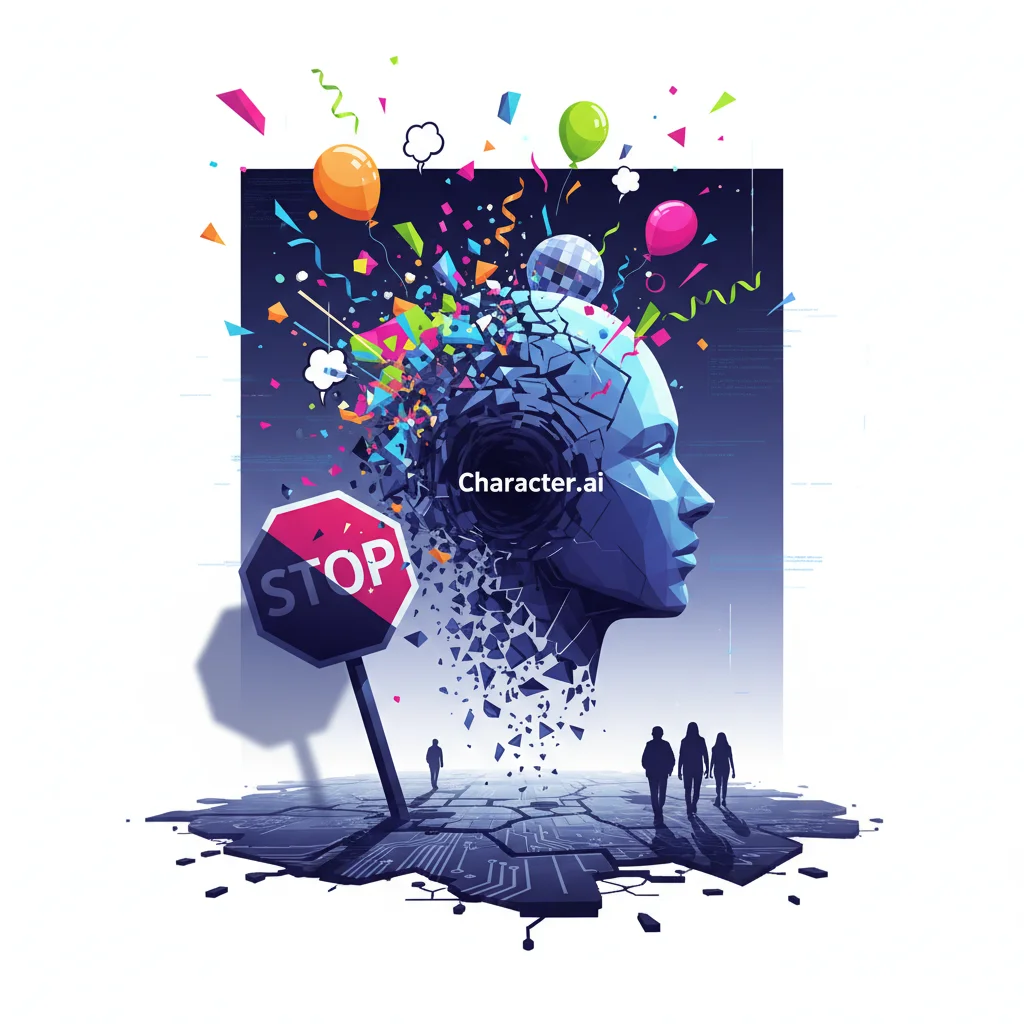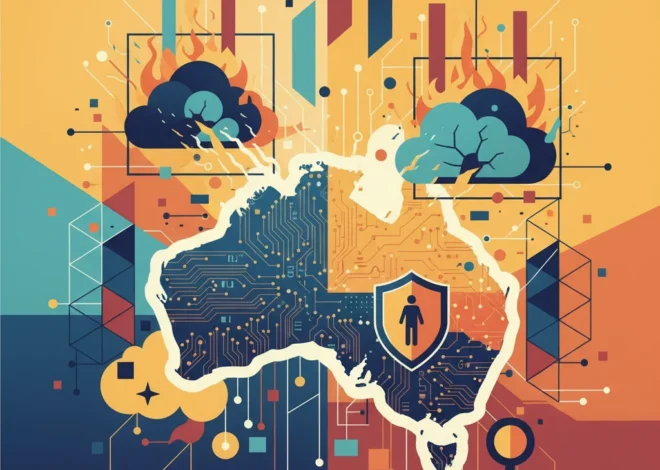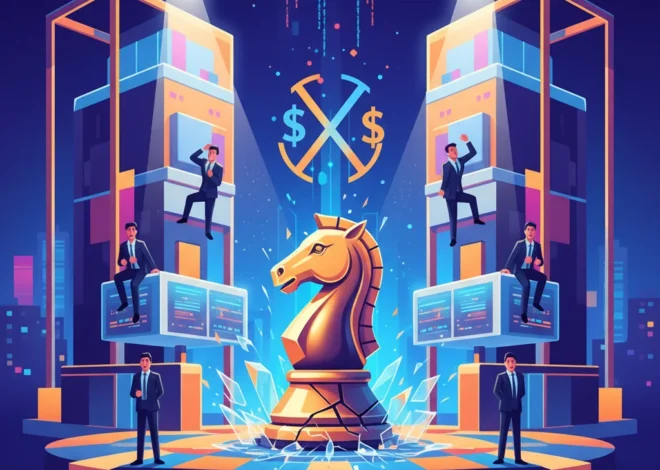
The Party’s Over: Why Character.ai’s Teen Ban Is a Sobering Wake-Up Call for the Entire AI Industry
It was the digital equivalent of a sprawling, unsupervised house party. Millions of users, many of them teenagers, flocked to Character.ai, a platform where they could create and converse with an infinite cast of AI-powered chatbots. From historical figures to fantasy characters, the possibilities were endless. But as with any party that gets too big, too fast, the parents—and the authorities—have arrived. In a move that sent ripples through the tech world, Character.ai announced it is banning teens from its platform, citing pressure from parents and regulators.
On the surface, this might seem like a simple policy update for a single, albeit popular, app. But look closer. This isn’t just about one company. It’s a watershed moment for the generative artificial intelligence (AI) industry. It signals the end of the “move fast and break things” era for consumer-facing AI and the dawn of a new, more sober reality. For developers, entrepreneurs, and tech professionals, Character.ai’s decision is a crucial case study in the collision of explosive growth, ethical responsibility, and regulatory reality. The key takeaway? The days of treating compliance and safety as an afterthought are officially over.
The Inevitable Crackdown: Why Character.ai Had to Act
Character.ai’s meteoric rise was fueled by its accessibility and creativity. The platform, built by former Google AI researchers, allowed anyone to spin up a custom chatbot with its own personality and backstory. This led to a vibrant ecosystem of user-generated content, but also a minefield of potential problems. The core issue wasn’t just about what the AI might say, but what users might prompt it to say or create characters designed for inappropriate interactions.
The company’s statement that it was “responding to parents and regulators” is telling. This wasn’t a proactive move born from a sudden ethical awakening; it was a reactive measure to mounting external pressure. Let’s break down the forces at play:
- Regulatory Heat: In the United States, the Children’s Online Privacy Protection Act (COPPA) imposes strict requirements on online services directed at children under 13. While many teens are older, a wave of new legislation globally, like the UK’s Online Safety Act and California’s Age-Appropriate Design Code Act, is extending protections to older teenagers. These laws carry hefty fines and place the onus of protection squarely on the platform. For a venture-backed startup, the financial and legal risks of non-compliance are astronomical.
- Parental Concerns: The very nature of conversational AI—designed to be engaging and form connections—raises red flags for parents. Concerns range from exposure to adult themes and harmful ideologies to the potential for emotional dependency on AI companions. A recent report highlighted that companion chatbots can sometimes promote unhealthy, codependent relationships, a risk that is significantly amplified for younger, more impressionable users (source).
- The Moderation Nightmare: Moderating a traditional social media platform is already a monumental task. Now, imagine moderating a platform where the content is infinitely generative. Every conversation is unique. Users can create characters designed to circumvent filters. This requires a new level of sophistication in machine learning models for content safety, an expensive and technically daunting challenge.
Character.ai found itself at the nexus of these pressures. Continuing to allow unfettered access for teens was becoming an existential threat to its business, a classic example of a startup’s viral growth loop turning into a liability vortex.
When Code Becomes the Accuser: The BT Case and the Terrifying Fragility of Our Digital Lives
More Than a Checkbox: The Sisyphean Task of Age Verification
So, why not just ask users for their age? As any developer or software engineer knows, effective age verification is one of the most persistent and unsolved problems of the internet. The simple “I am over 18” checkbox is a legal fig leaf, not a meaningful barrier. Implementing robust age-gating introduces a host of new challenges that every AI startup must now consider.
Here’s a look at the common methods and their associated drawbacks, a difficult trade-off between user experience, privacy, and security.
| Verification Method | How It Works | Pros | Cons |
|---|---|---|---|
| Self-Declaration | User enters their date of birth. | Simple, frictionless, cheap. | Completely unreliable; easily bypassed. |
| ID Document Scan | User uploads a photo of a government-issued ID. | High accuracy. | High friction, significant privacy/cybersecurity risks (data breaches), excludes users without ID. |
| Facial Age Estimation | Uses AI to estimate age from a selfie or live video. | Relatively low friction. | Accuracy varies, potential for bias, significant privacy concerns. |
| Payment/Credit Card Verification | Uses a small transaction to verify the user is an adult cardholder. | Reasonably effective for age. | Excludes unbanked users and those without credit cards; high friction. |
Each of these options presents a difficult choice for a SaaS platform. A frictionless experience is key to user acquisition, but a legally defensible one is key to survival. This is where significant innovation is needed, not just in AI models, but in the surrounding ecosystem of digital identity and trust. The cost and complexity of integrating these systems can be prohibitive for early-stage startups, creating a new barrier to entry in the consumer AI market.
The Ripple Effect: What This Means for the Future of AI and Tech
Character.ai’s decision is not an isolated event. It’s a canary in the coal mine, signaling a fundamental shift in how AI products will be built, launched, and scaled. The implications will be felt across the industry.
For AI Startups and Entrepreneurs:
The lesson is clear: build for safety and compliance from day one. It’s no longer a “nice-to-have” or something to be bolted on later. Your go-to-market strategy must now include a “go-to-compliance” strategy. This means:
- Budgeting for Trust & Safety: These teams can no longer be a skeleton crew. They need resources, engineering support, and a seat at the table from the product’s inception.
- Thinking Globally, Acting Locally: The regulatory landscape is a patchwork of different rules. A product that’s compliant in the US might be illegal in the EU. This requires sophisticated, geo-aware programming and architecture.
- Re-evaluating “Growth at All Costs”: Viral loops that attract a wide, unvetted audience might look good on a pitch deck, but they can become a massive liability. Sustainable growth will be prioritized over explosive, risky expansion. A study by the AI Now Institute has repeatedly called for a slowdown in the deployment of generative AI tools until regulatory frameworks can catch up (source), a sentiment that is now being forced upon companies by market realities.
Mars is a Software Problem We Haven't Solved Yet
For Developers and Engineers:
The technical stack for building a consumer AI application just got more complex. The focus will shift from just model performance to a more holistic view of the system.
- Defensive-by-Design Architecture: Systems will need to be built with the assumption that users will try to misuse them. This means robust input sanitization, sophisticated content filtering APIs, and detailed logging for incident response.
- The Rise of Ethical AI Tooling: Expect to see a boom in tools and libraries dedicated to model explainability, bias detection, and safety evaluations. Proficiency in these tools will become a core competency for AI/ML engineers.
- Automation in Compliance: There will be a greater need for automation in monitoring and reporting. This includes everything from automated systems that flag problematic conversations to dashboards that can prove compliance with various regulations to auditors.
For the Future of AI Innovation:
Does this new era of caution stifle innovation? Some might argue it does. But a more optimistic view is that it forces innovation into a more mature and ultimately more valuable direction. The race is no longer just about who can build the largest language model. It’s about who can build the most trustworthy, reliable, and safe AI application. This “trust-based innovation” could lead to products that are more deeply integrated into our lives because they have earned the right to be there. It forces a shift from creating cool tech demos to building durable, responsible software products.
Conclusion: Growing Pains of a New Technological Era
Character.ai’s decision to ban teens is more than a policy change; it’s a sign of the AI industry’s adolescence coming to an abrupt end. The freewheeling, experimental phase is giving way to the realities of legal liability, ethical responsibility, and public trust. This transition will be painful for some and create opportunities for others. It will force a fundamental rethinking of product design, engineering priorities, and business strategy.
The platforms that thrive in this new environment will be those that understand that in the world of artificial intelligence, trust is not a feature—it is the entire product. They will be the ones who see safety not as a constraint on innovation, but as the very foundation upon which lasting innovation is built. The party may be over for the “anything goes” approach to AI, but a new, more responsible, and ultimately more impactful era is just beginning.
The Unlikely Alliance: Why Steve Bannon and Meghan Markle Agree on Banning Super-AI


